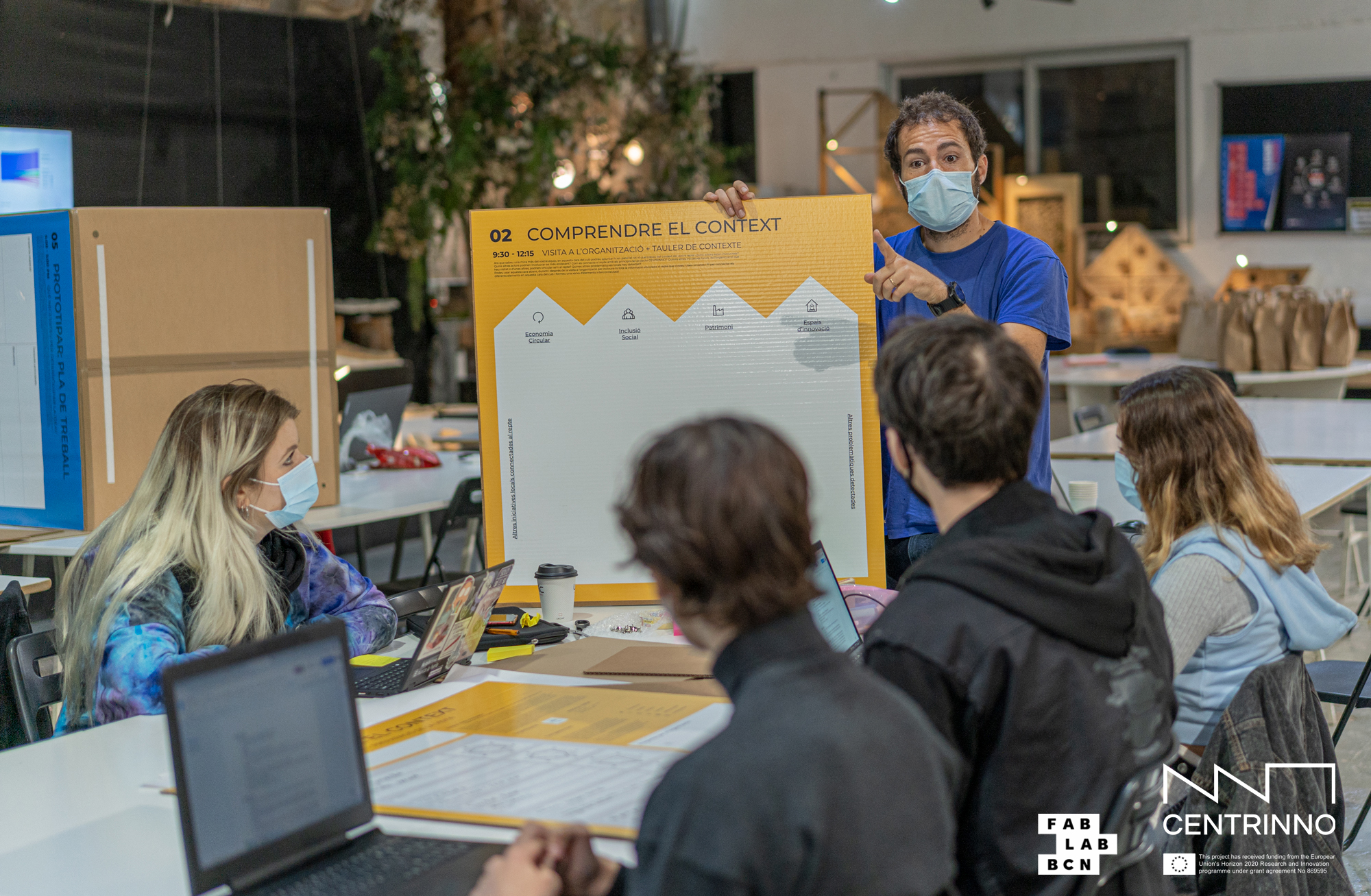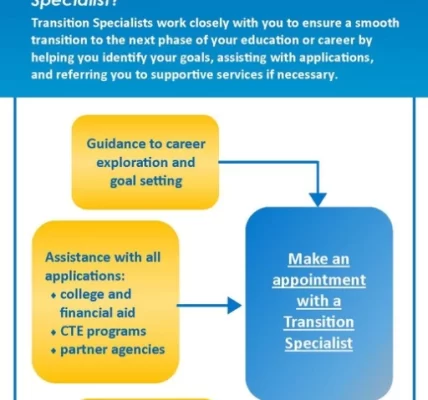The transition from the classroom to the workplace is a critical juncture in a person’s life, and vocational training plays a pivotal role in smoothing this path. As an invaluable bridge between education and employment, vocational training equips individuals with practical skills and real-world experience. In this guide, we will explore the significance of vocational training in facilitating a seamless transition from the classroom to the workplace.
1. **Practical Skill Development:**
Traditional education often focuses on theoretical knowledge, while vocational training emphasizes hands-on, practical skills. Whether in fields like plumbing, carpentry, healthcare, or technology, vocational training ensures individuals are equipped with the skills directly applicable to their chosen professions.
2. **Industry-Relevant Training:**
Vocational training programs are designed in collaboration with industry experts, ensuring that participants acquire skills and knowledge that align with current industry standards and requirements. This direct relevance increases employability upon completion of the training.
3. **Shorter Duration, Faster Entry to Workforce:**
Unlike traditional education paths that may span several years, vocational training programs are often shorter in duration. This allows individuals to enter the workforce more rapidly, reducing the time between learning and application.
4. **Workplace Exposure and Experience:**
Vocational training often includes internships, apprenticeships, or on-the-job training, providing participants with valuable workplace exposure. This firsthand experience is instrumental in understanding the dynamics of the industry and fostering a seamless transition into professional roles.
5. **Customized Learning Paths:**
Vocational training acknowledges that individuals have diverse learning styles and preferences. Programs can be tailored to accommodate various learning paths, ensuring that participants receive personalized instruction that suits their unique needs.
6. **Addressing Skills Gaps:**
In rapidly evolving industries, there is often a gap between the skills employers need and those possessed by graduates. Vocational training programs are designed to address these skills gaps, producing candidates who are immediately ready to contribute to the workforce.
7. **Promoting Entrepreneurship:**
Beyond preparing individuals for traditional employment, vocational training can empower entrepreneurs. Whether in the trades, healthcare, or technology, individuals with vocational skills have the knowledge and capability to start their own businesses.
8. **Career Guidance and Counseling:**
Vocational training programs often provide career guidance and counseling, assisting participants in identifying the most suitable career paths based on their skills and interests. This proactive approach helps individuals make informed decisions about their professional futures.
9. **Adapting to Industry Changes:**
Vocational training is inherently adaptable to industry changes. Programs can be updated more swiftly to reflect emerging trends and technologies, ensuring that participants remain at the forefront of their respective fields.
10. **Life-Long Learning and Skill Upgradation:**
Vocational training instills a culture of life-long learning. Individuals are equipped with the mindset and tools to continuously upgrade their skills, ensuring they remain competitive and adaptable in the ever-changing landscape of the workforce.
Conclusion:
Vocational training serves as a vital link between the classroom and the workplace, offering a practical and targeted approach to skill development. By providing industry-relevant training, workplace exposure, and a faster entry into the workforce, vocational training programs contribute significantly to the professional success of individuals. As we navigate an evolving job market, the role of vocational training in bridging the gap between education and employment becomes increasingly crucial, creating a pathway for individuals to translate their knowledge into meaningful and fulfilling careers.













